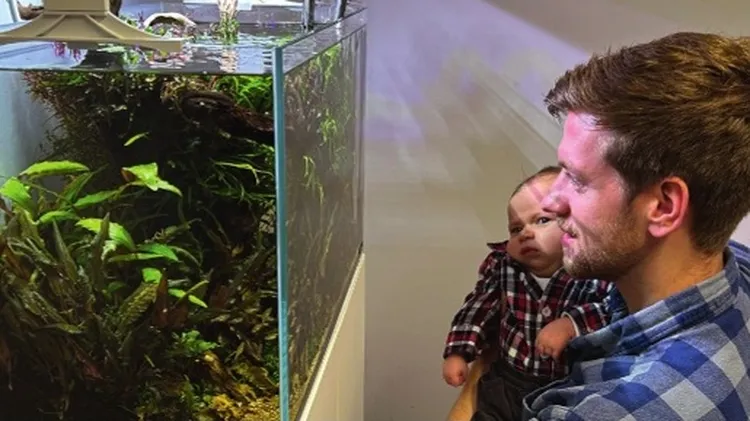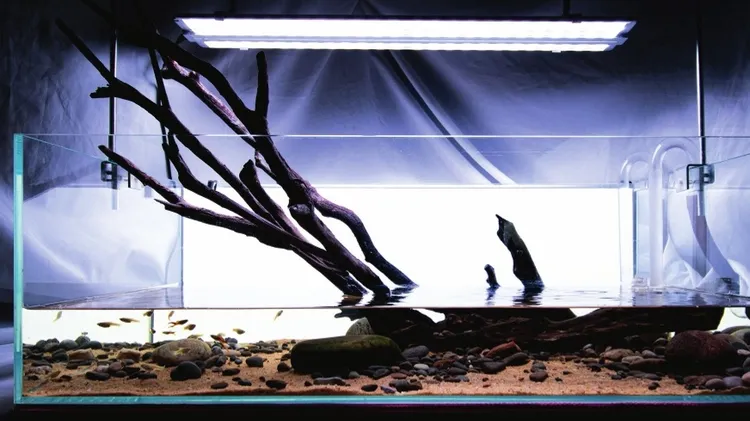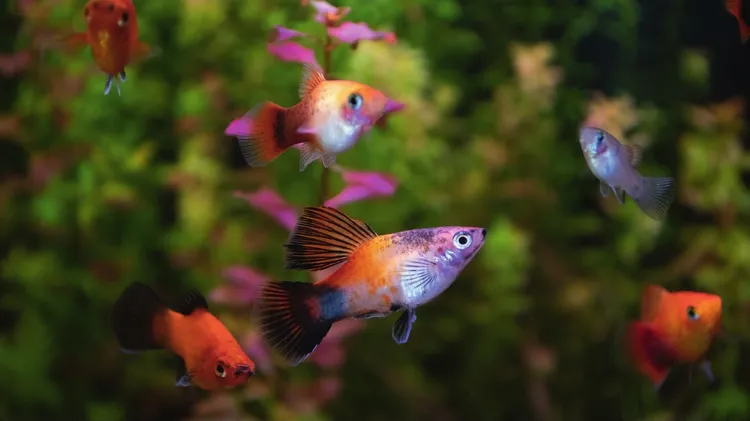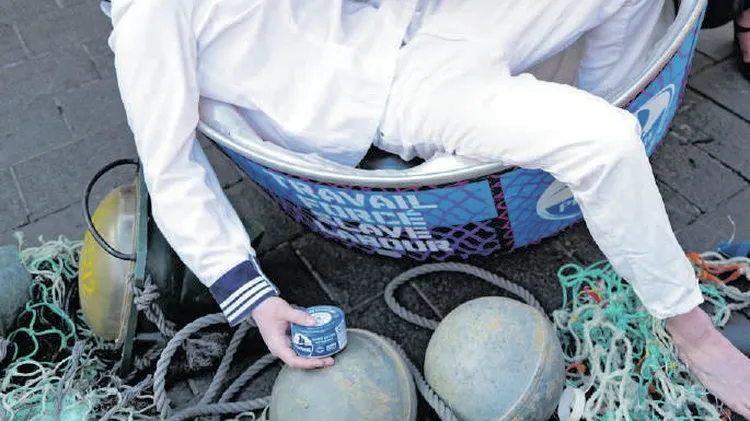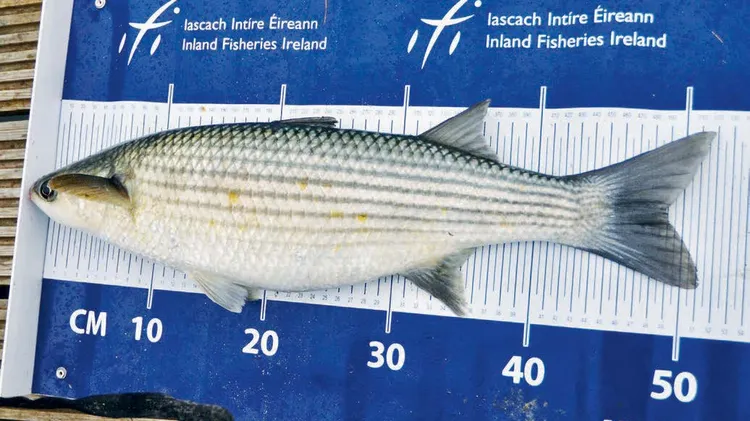Neale Monks takes a look at how community tanks have evolved, and o
The contemporary community
9 min read
This article is from...
Read this article and 8000+ more magazines and newspapers on Readly

